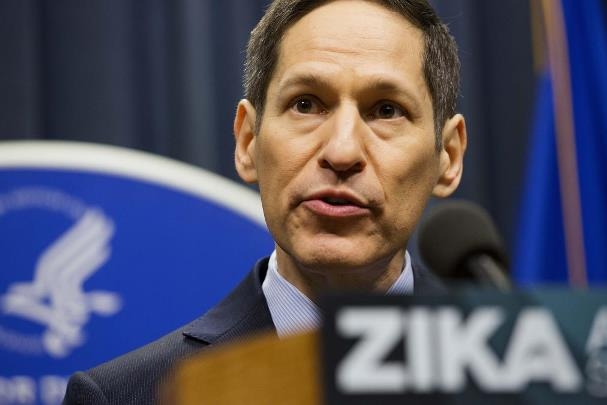CDC at the Forefront of the Fight Against Zika Virus

The 2015-16 Zika epidemic has seen the virus spread throughout South America and into Central and North America. In February this year, the World Health Organization declared a Public Health Emergency of International Concern. The virus’ symptoms in adults tend to be relatively mild and flu-like, but it is capable of spreading from a pregnant woman to her baby. This has resulted in growing numbers of children being born with microcephaly – a condition where the brain does not develop normally, resulting in a small head and mental disabilities. There is currently no known treatment for Zika virus and the current outbreak is expected to last three years.
On Tuesday, reports emerged of the first suspected cases of Zika infection via local mosquitos in America. The affected people have no travel history and so could not have picked up the virus in South America, as others have. Florida Governor Rick Scott’s statements, told the Miami Herald that:
“We are sort of the tip of the spear for the United States for Zika… We all have to take this seriously.”
Following from this, the first case of microcephaly in a newborn in America was confirmed in Florida today.
CDC
America’s Centers for Disease Control and Prevention (CDC) has a wide remit to protect the US from foreign and domestic health threats. In addition to a wide array of responsibilities, CDC is also at the forefront of the organised response to the Zika threat.
In February, the White House requested $1.9bn in emergency funding to combat Zika. This was scaled back to $1.1bn, but the Bill failed to pass Congress. In the wake of this failure, CDC Director Dr Tom Frieden has been talking about the need for concerted efforts to combat the outbreak in the US. In an interview with Time he described the challenge faced by CDC:
“Without additional resources, this is like fighting a fight with one hand tied behind our backs...We may have problems in states around the U.S. because money isn’t available to do things like respond to other outbreaks or address the health needs that arise with flooding or hurricanes…We’ve had to reduce funding for a range of emergencies to address the Zika emergency. That’s not a sensible way to do it, but it’s the only option we had.”
Frieden’s concerns are echoed by officials in under-threat communities. In a candid statement to Time, Umair A. Shah, Executive Director of Harris County Public Health, said:
“The goose is cooked. We are not going to get those dollars until after we need them…”
CDC Plans and Funding
New facts about the Zika virus are still emerging. Earlier this month, CDC doctors confirmed that Zika can be transmitted sexually from a woman to a man. In June, before the failure of the funding Bill, CDC published its draft interim Zika response plan for the Continental US and Hawaii. The plans include support for state and local preparedness and response, especially ahead of the summer mosquito season. Elsewhere, interim CDC guidance urges doctors to step up screening of pregnant women with possible Zika exposure.
Notwithstanding the lack of funding from government, CDC has announced millions of dollars in funding in America to combat the Zika virus. From August 1 nearly $60m will be available to jurisdictions for preparedness and response. An additional $10m will be awarded to states and territories to identify cases of microcephaly and help refer families to relevant services.
The announcement stresses that:
“While this ELC [Epidemiology and Laboratory Capacity for Infectious Diseases Cooperative Agreement] funding is an important tool to help communities prepare for and respond to infectious diseases like Zika virus, additional support will be needed to help further expand mosquito control capabilities and develop a Zika vaccine and diagnostics, among other priorities.”
Global Disaster Relief Summit 2016
AIDF is delighted to announce that CDC Director Dr Tom Frieden will deliver a keynote address at the upcoming Global Disaster Relief Summit 2016. During the Summit, senior experts will lead panels and discussions on a wide variety of health resilience and response topics including, but not limited to:
- Understanding current health threats and how to overcome them
- Mobile monitoring programmes and community health centres
- Coordinating support and health promotion activities
- Capacity building to better support at-risk groups
- Establishing robust emergency medical systems, esp for children and women
- Every Woman Every Child: overcoming challenges of child and maternal health in emergency situations
- Addressing sexual and reproductive health
- Medical innovations and future outlook
Visit the Global Disaster Relief Summit 2016 website for more information and registration details: http://disaster-relief.aidforum.org/
IMAGE SOURCE: Time








